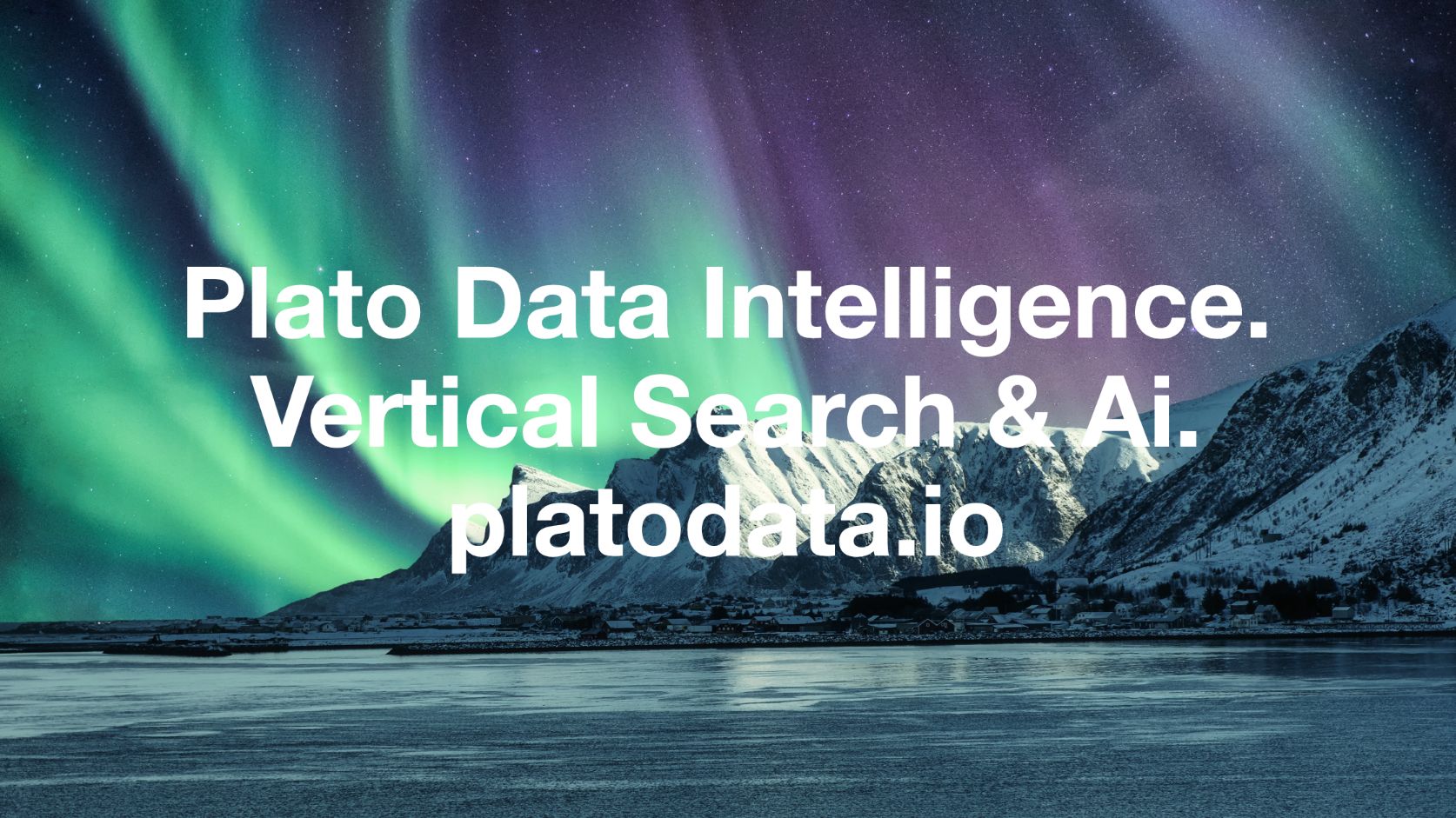The Rationality of Tesla’s Master Plan 3 for a Sustainable Future: Insights from Physics World
Tesla, the renowned electric vehicle (EV) manufacturer, has been at the forefront of the sustainable transportation revolution. With its ambitious Master Plan, Tesla aims to accelerate the world’s transition to sustainable energy. The recently unveiled Master Plan 3 has garnered significant attention and praise for its rationality and potential to shape a sustainable future. In this article, we will explore the rationality of Tesla’s Master Plan 3, drawing insights from Physics World.
Tesla’s Master Plan 3 revolves around three key pillars: solar energy, electric vehicles, and autonomous driving. These pillars are interconnected and aim to create a sustainable ecosystem that reduces carbon emissions and dependence on fossil fuels.
One of the fundamental aspects of Tesla’s plan is the integration of solar energy into its products. Tesla’s acquisition of SolarCity, a leading solar energy company, enables the company to offer integrated solar solutions for homes, businesses, and even entire communities. By harnessing the power of the sun, Tesla aims to provide clean and renewable energy to power not only its vehicles but also homes and businesses. This integration aligns with the principles of sustainability and reduces reliance on traditional energy sources.
Physics World highlights the significance of this integration by emphasizing the potential for solar energy to revolutionize the global energy landscape. Solar power is abundant, widely available, and emits no greenhouse gases during operation. By leveraging solar energy, Tesla can contribute to reducing carbon emissions and combatting climate change.
Another crucial aspect of Tesla’s Master Plan 3 is the continued development and production of electric vehicles. Tesla has already made significant strides in this area with its popular models like the Model S, Model 3, and Model X. These vehicles have proven that electric cars can be both practical and desirable, challenging the notion that EVs are limited in range or performance.
Physics World recognizes the importance of electric vehicles in reducing carbon emissions and improving air quality. Traditional internal combustion engines contribute significantly to air pollution and greenhouse gas emissions. Electric vehicles, on the other hand, produce zero tailpipe emissions and can be powered by renewable energy sources like solar power. By promoting the adoption of electric vehicles, Tesla’s Master Plan 3 aligns with the principles of sustainability and environmental stewardship.
The final pillar of Tesla’s Master Plan 3 is autonomous driving. Tesla aims to develop fully autonomous vehicles that can operate without human intervention. While this may seem like a distant dream, Physics World highlights the potential benefits of autonomous driving. By eliminating human error, autonomous vehicles have the potential to significantly reduce accidents and improve road safety. Additionally, autonomous driving can optimize traffic flow, reduce congestion, and enhance energy efficiency.
Tesla’s Master Plan 3 is rational because it addresses the urgent need for sustainable solutions in the face of climate change and environmental degradation. By integrating solar energy, promoting electric vehicles, and developing autonomous driving technology, Tesla is creating a comprehensive ecosystem that can revolutionize transportation and energy systems.
Physics World emphasizes that Tesla’s Master Plan 3 aligns with the principles of physics and sustainability. The integration of solar energy taps into the immense power of the sun, while electric vehicles reduce reliance on fossil fuels. Furthermore, autonomous driving has the potential to optimize energy efficiency and improve road safety.
In conclusion, Tesla’s Master Plan 3 is a rational and visionary approach to creating a sustainable future. By leveraging solar energy, promoting electric vehicles, and developing autonomous driving technology, Tesla is at the forefront of the sustainable transportation revolution. Insights from Physics World highlight the significance of these pillars in reducing carbon emissions, improving air quality, and optimizing energy efficiency. As Tesla continues to innovate and push boundaries, it paves the way for a greener and more sustainable future.
- SEO Powered Content & PR Distribution. Get Amplified Today.
- PlatoData.Network Vertical Generative Ai. Empower Yourself. Access Here.
- PlatoAiStream. Web3 Intelligence. Knowledge Amplified. Access Here.
- PlatoESG. Automotive / EVs, Carbon, CleanTech, Energy, Environment, Solar, Waste Management. Access Here.
- BlockOffsets. Modernizing Environmental Offset Ownership. Access Here.
- Source: Plato Data Intelligence.


How ‘Dune’ Became a Beacon for the Fledgling Environmental Movement—and a Rallying Cry for the New Science of Ecology
Dune, widely considered one of the best sci-fi novels of all time, continues to influence how writers, artists, and inventors...